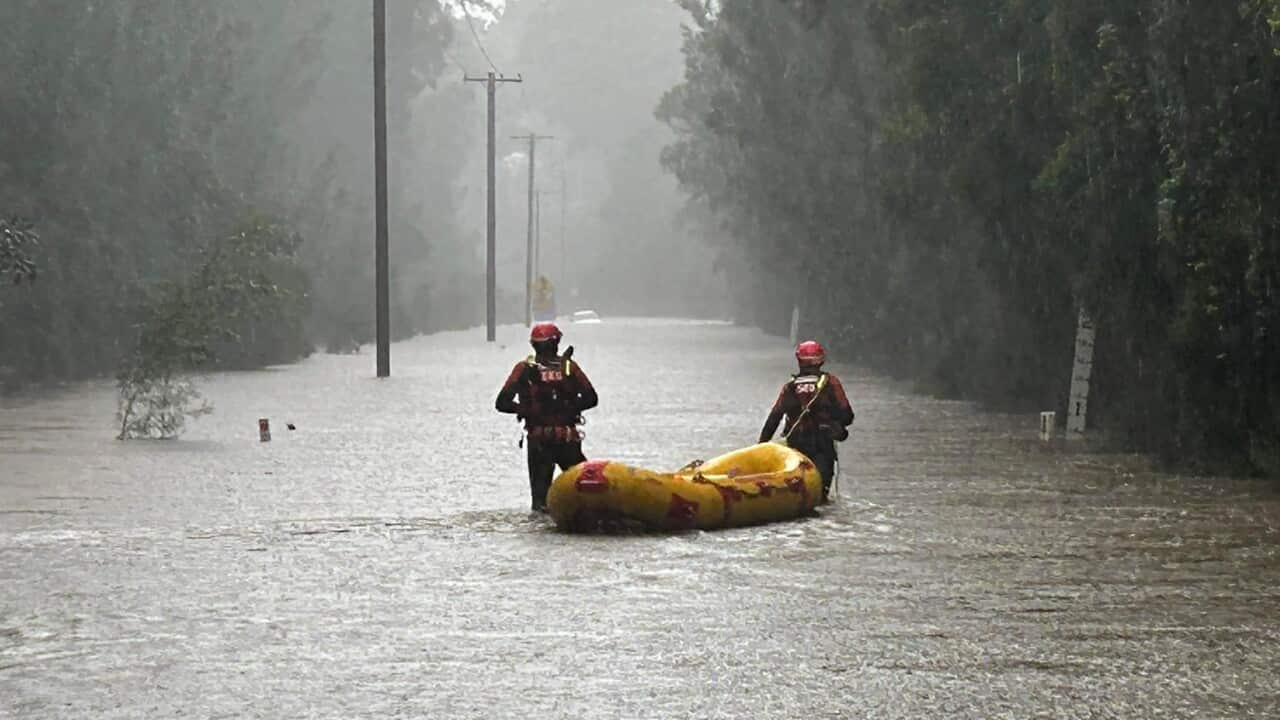Nagtala ang Kanlurang Sydney ng temperatura na 41 degrees Celsius noong Martes, na naging pinakamainit na araw sa rehiyon mula noong Disyembre 2023.
“It’s ridiculous,” ayon sa isang lokal na taga-Penrith.
“It just keeps getting hotter every year, I feel like I’m on the face of the sun.”
Ang nararamdamang init ay muling naging usapin tungkol sa hindi pagkakapantay-pantay sa klima ng lungsod.
“Because of [Sydney's] proximity to the ocean and water bodies, there are eastern sides of the city that are really benefiting from the sea breeze,” ani urban climatologist Dr Negin Nazarian sa SBS Examines.
"The temperature in those areas is consistently lower than Western Sydney.”
Naniniwala siya na ang malawakang urbanisasyon at ang mabilis na pagdami ng populasyon dahil sa paglipat ng mga tao patungong kanlurang bahagi ng lungsod para sa mas murang pamumuhay ay nag-aambag sa init.
Ayon kay Professor Nigel Tapper, isang climate scientist at eksperto sa pagbabago ng klima, ang mga pinakamainit na lugar sa mga lungsod ay karaniwang tinitirhan ng “pinakamahihinang sektor” ng lipunan.
Idinagdag niya na ang mga lugar na ito ay “kulang” sa mga halaman at mga espasyo kaya’t ang init ay nakakulong sa antas ng lupa, araw at gabi.
LISTEN TO

Is the cost of living affecting social cohesion?
SBS English
26/08/202404:58
Ang kawalan ng sea breeze na nararanasan ng mga residente sa mga baybayin ng Sydney ay lalong nagpapalala ng isyung ito, na pumipigil sa rehiyon na magpalamig.
Naniniwala si Dr. Lai Heng Foong, isang senior emergency physician sa Bankstown Hospital, na ang disenyo ng urbanisasyon sa Kanlurang Sydney ay hindi angkop para sa isang rehiyon na ganito kainit.
“Southwest Sydney is very much disproportionately affected by heat compared to other coastal suburbs,” saad niya.
“Houses are very close together without much greenery. There’s certainly no kind of [heat] mitigation that’s been factored in building these houses with black roofs.”
Ano ang 'heat island'?
Ang urbanisasyon ay nagdulot ng tinatawag na "heat island".
Ayon kay Peter Crank mula sa University of Waterloo, ang heat island ay sanhi ng kakulangan ng mga natural na yaman.
“What's causing that fundamentally is that we are replacing natural surfaces with things like asphalt and concrete, glass and metal, which trap heat and release heat at different rates than natural surfaces,” aniya.
Bilang resulta, ang mga residente ng Kanlurang Sydney ay napipilitang tiisin ang matinding init na patuloy na tumataas sa mga nakaraang taon.
Habang patuloy na tumataas ang temperatura, nag-aalala si Dr. Foong kung paano haharapin ang init sa Kanlurang Sydney.
We can't continue business as usual. It needs a rethink.
“The biggest thing that need to change is a focus on communities, because the community is the one who will suffer,” sabi niya.
“With more community education, people will understand that this is actually a problem that has the capacity to kill you and to make you very sick.”
LISTEN TO

Is immigration worsening the housing crisis?
SBS English
15/07/202405:09



